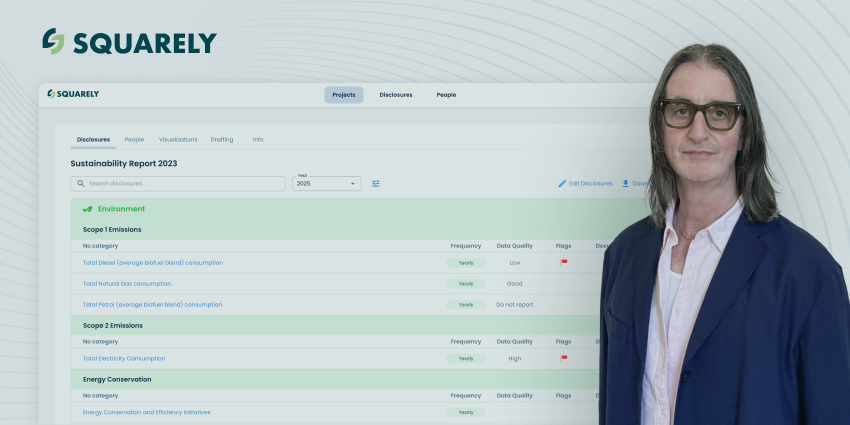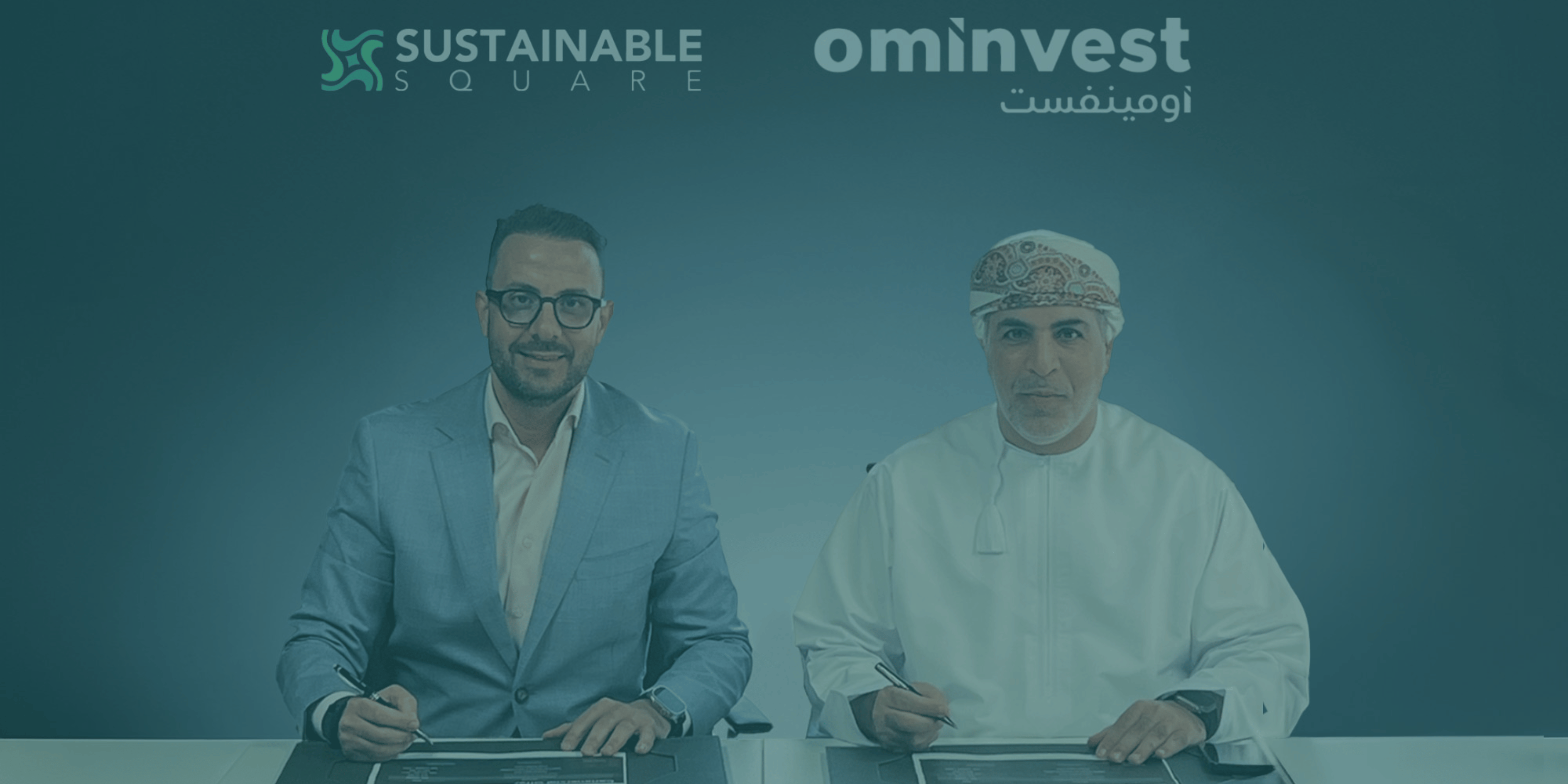SUSTAINABILITY IN THE UAE'S BANKING SECTOR
Across the years, the UAE has established itself as the main financial hub for the region and continues to be among the leading financial centres globally. Regulated by the Central Bank of the UAE, which was established in 1980, the sector includes 53 banks falling under four broad categories: commercial, merchant or investment, Islamic and Industrial.
In 2017, the UAE banking sector had total assets of AED 2.7 trillion, which made it the biggest banking sector in the Arab world. Profits increased to reach AED 38 billion, return on assets was 12.7 percent and return on equity was 10.8 percent; a very good result generated by a stable and profitable sector. This growth and profitability is projected to continue throughout 2018 and 2019, despite the introduction of the 5 percent VAT and the three-year oil price slump.
In terms of employment, and despite recent reductions in staff numbers as a cost-cutting measure across some banks, the sector still employs around 35,000 employees. As for customers, they seem to be generally satisfied with their banks. The Trust Index Survey of 2017 revealed that customer confidence remains steady at 68%, and that 93% of UAE retail banking customers are satisfied with the performance of their main bank.
As a growing and influential sector, it has a big opportunity, and a pressing responsibility, to embrace sustainable practices that impact the UAE’s society and environment, in addition to maintaining its focus on the economic and governance performance it already excels at. The sector has already started capitalising on this opportunity by communicating, through different tools, that its responsibility goes beyond the financial bottom line. One of the tools is Sustainability Reporting, which is an effective tool to disclose economic, social, governance and environmental practices and to show the organisation’s commitment across these areas. Another tool is Corporate Social Responsibility (CSR) where we have seen banks adopting social causes and contributing to them through partnerships, financial investments, volunteering and other in-kind support.
In addition to sustainability reporting and CSR, a lot of other opportunities still lie in embracing sustainable practices that would create shared value for the sector and all its stakeholders. Below are a few additional tools banks could consider:
Aligning with the UN SDGs
Banks can identify at least seven United Nations Sustainable Development Goals (UN SDGs) to align with. These goals are not specific to the banking sector per se, but they fit within the activities and operations of banks. The alignment will add richness to internal strategies and depth to sustainability reports. Below are a few examples:
SDG 3: Good Health and Well-being: Ensure healthy lives and promote well-being for all at all ages
As the sector employs around 35,000 employees, banks can commit to promoting healthy lives and work-life balance. In addition to the standard physical health and safety measures, this goal addresses mental and emotional well-being as well. Alignment with this goal could be further enhanced by implementing flexible working hours, facilitating employees’ requests for vacations and ensuring employees have time to cater for their families and health needs without compromising their career.
On a community level, Banks could collaborate with the Ministry of Health and local hospitals to identify key health concerns, like obesity and Diabetes, and create partnership schemes to combat them. Banks could also participate in providing free health checkups for the community, with focus on labour camps for example, or other socio-economic groups that would benefit from that.
SDG 4: Quality Education: Ensure inclusive and quality education for all and promote lifelong learning
In addition to promoting the learning and development of their own employees, banks can invest in educational scholarships or internships for students who are studying banking-related majors, to attract them to the sector in a time where there is intense competition over talent.
Banks also have a big opportunity to run programmes aimed at spreading financial literacy among their customers and socio-economic community groups that might be going through financial challenges.
Several banks have launched financial literacy platforms. Examples includes Abu Dhabi Islamic Bank’s moneysmart digital community, Emirates NBD’s #moneywise platform, and Abu Dhabi Commercial Bank’s MoneySense programme.
Goal 5: Gender Equality: Achieve gender equality and empower all women and girls
Banks can contribute to this goal by ensuring gender balance in their hiring practices and with special focus on having women in top management. There are various gender-balance strategies and programmes that can be introduced to ensure career growth for women and enable them to hold executive positions. Banks can start by monitoring the gender break-down of their workforce, and among top managers, and then identify ways in which the gap could be bridged. A simple engagement exercise in which women employees are invited to a focus group, or to answer a short survey, could help reveal what would make the environment better suited to allow promotion of women to top management, and meet the needs of women who are thinking of becoming mothers.
One example is Abu Dhabi Commercial Bank’s Tamooha Programme, a talent development platform to empower Emirati women.
Goal 8: Decent Work and Economic Growth: Promote inclusive and sustainable economic growth, employment and decent work for all
In addition to banks’ responsibility to impact the economy positively by maintaining healthy growth and profits, this goal aligns perfectly with the UAE’s focus on increasing the percentage of Emiratis in the private sector. Currently, Emiratis make around 30% of the workforce in the banking sector, largely due to the efforts of the UAE Central Bank. Since 1999, a 4% Emiratisation quota has been applied by the Central Bank to entities in the banking sector. The quota is cumulative, mandating a year on year increase of 4%.
Recently, the UAE Central Bank has introduced a points-based system that incentivises banks to hire Emiratis in senior positions, train and develop them.
Focusing on hiring, training and promoting Emiratis in the Banking sector, therefore, contributes to expectations of the UAE Central Bank, the UAE Vision 2021 and Goal 8 of the UN SDGs.
Goal 9: Industry, Innovation and Infrastructure: Build resilient infrastructure, promote including and sustainable industrialisation and foster innovation
Banks can invest in long-term financing schemes of renewable energy and sustainable transport options like electric cars. Furthermore, they can develop retail products and services that encourage individuals to consider acquiring environmentally-friendly assets. One example is Emirates NBD’s Green Auto Loan, which offers preferred interest rates on loans for electric or hybrid cars.
Investing in Financial Technology (FinTech), introducing solutions that capitalise on blockchain, and enhancing digital banking and e-payment solutions also contributes directly to this goal.
Goal 10: Reduced Inequalities: Reduce inequality within and among countries
By identifying ‘unbanked’ socio-economic groups, banks have a great opportunity to innovate products and services and customise them to the needs of specific groups. This allows banks to reach an untapped customer base and contribute to their financial well-being at the same time. One example is Emirates NBD’s investment in making several of their branches disability-friendly, including mobility, visual, hearing and cognitive disabilities.
Goal 12: Responsible Consumption & Production:Ensure sustainable consumption and production patterns
This goal ties directly into the environmental responsibility of banks. Monitoring consumption of water, electricity and fuel is key. Once consumption data is captured, banks can easily calculate their carbon footprint and set reduction targets. Banks could also consider ensuring the environmental sustainability of their buildings by going for a Leadership in Energy and Environmental Design (LEED) certification, like Abu Dhabi Islamic Bank did for their new headquarters.
Managing waste is also paramount since banks still consume significant amounts of paper despite all digitisation efforts. Other types of waste that are often overlooked include plastic, foam and food waste. Banks can easily create contracts with companies that are specialised in environmentally-friendly waste management.
Equator Principles
The Equator Principles (EPs) Association developed a framework for risk management that financial institutions can adopt. It aims to support institutions in identifying, evaluating and managing environmental and social risks in different projects. It also provides standards for due diligence and monitoring to enable responsible risk management and decision-making.
There are 10 Equator Principles that can be applied to different financial products and loans. Financial institutions can choose to become members of EPS and communicate their progress annually.
Green, Social and Sustainability Bonds
[/fusion_text][fusion_text]
The International Capital Markets Association (ICMA) developed a set of voluntary principles to guide financial institutions on managing green, social and sustainability bonds. These types of bonds aim to attract private capital finance and contribute to serving global issues. Green, social and sustainability bonds are identified as such if their proceeds are exclusively applied to eligible social and environmental projects.
Green Bonds are bonds where the proceeds will be exclusively applied to finance or re-finance projects that aim to sustain the environment. They are intended for broad use by the variety of actors participating in the market and are designed to provide the information needed to increase capital allocation to environmentally sustainable purposes. Projects that are eligible for Green Bonds could fall under different categories including renewable energy, energy efficiency, pollution prevention, waste management and water management.
Social Bonds are bonds where the proceeds will be used to finance or re-finance projects with positive social outcomes. They are intended for broad use by the variety of actors participating in the market and are designed to provide the information needed to increase capital allocation to social projects. Examples of such projects include employment generation, financing SMEs, socioeconomic advancement and empowerment.
Sustainability Bonds are bonds where the proceeds will be exclusively applied to finance or re-finance a combination of both Green and Social Projects.
SDG Bonds are bonds where the proceeds will be applied to finance or re-finance a set of chosen goals for the UN SDGs. By their nature, these bonds could also be considered Green, Social or Sustainability bonds depending on the SDG they are contributing to.
Impact Measurement
Impact Measurement is an effective and essential tool to better allocate financial and in-kind investments for projects with a social impact. Whether banks choose to create their own indicators of change or follow specific methodologies like the Social Return on Investment (SROI), which was developed by Social Value UK, it is important to measure progress, set benchmarks and decide on potential improvements.




